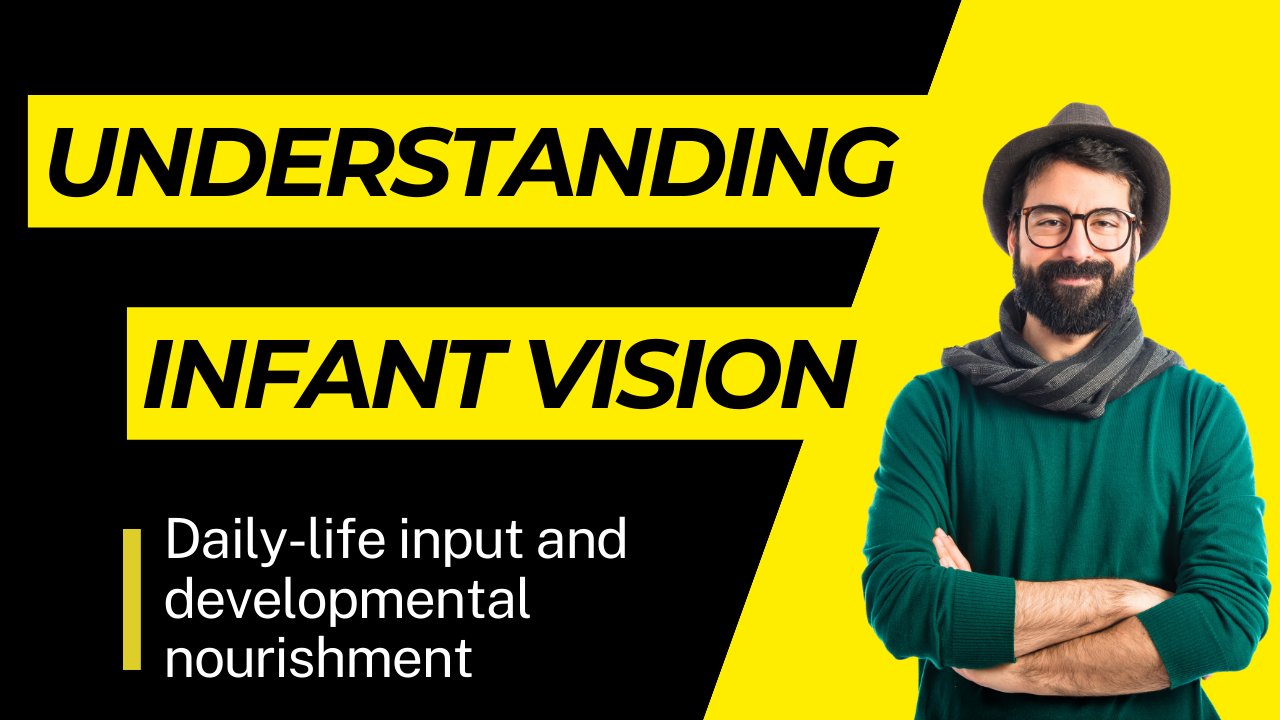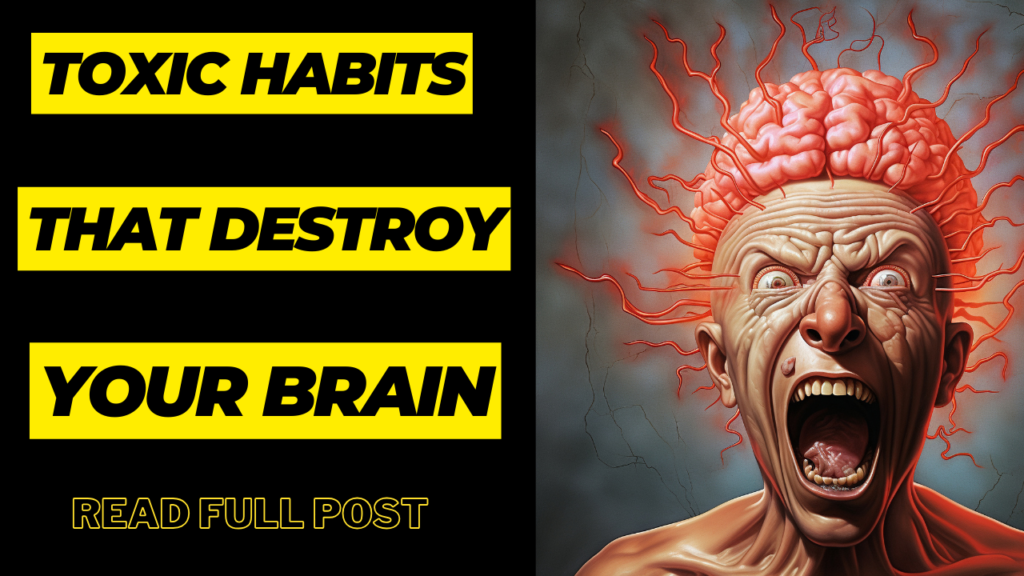What do newborn child children see? What do they see? The answers to these questions are particularly specific for the first lively babies than they are for more arranged newborn child children, children, and grown-ups. Characterized by various high-contrast edges in clear plans, these early scenes as well contain the particularly materials required to construct a strong foundation for human vision. That’s the finding of a cutting edge think around, “An edge-simplicity slant interior the visual input to lively newborn child children,” spread on May 10 in Science Moves by IU inspectors Erin Anderson, Rowan Sweet, Jason Gold, and Linda Smith.
For more articles check: mrpotatoblog.com
The beginning question for everyone who considers around the parcel of encounter in the visual movement has ceaselessly been that at the scale of standard affiliation, visual input is amazing much the same for everybody. Be that because it may, this thing roughly says, no, visual input changes with progress. It’s not the same for everyone. The way of life input for exceptionally lively newborn child children shows up to be inquisitive to that age.” Linda Smith, central pro, and educators interior the Office of Mental and Brain Sciences.
Earlier considers interior of the examination office and clinic had appeared that lively newborn child children inclined toward to see clear, high-contrast scenes of tremendous gloomy stripes and checkerboards. The current consideration is fundamental to inquire to what degree these slants make up their standard of living input. “To see what lively babies see and see it,” says Anderson, a past postdoctoral investigator in Smith’s Cognitive Progress Lab, she and her colleagues put head cameras on infant children to wear interior the family within the middle of existence works out.
“You will be able to buy ‘baby streak cards’ for newborns that appear up these clear, high-contrast pictures,” she clarifies. “What the head-camera recordings appear up, what this work appears up, is that young infant children find these sorts of pictures all around them in their standard of, living sensibly by looking at things like lights and ceiling corners.”
“What we found may be a terribly unprecedented, early ‘diet’ for visual improvement,” consolidates Smith. “As with nourishment, enthusiastic newborn child children do not begin with well-off, complex suppers or pizza, but or maybe with clear, formatively particular food.” Past work has recognized the fundamental nature of this early period to the long-run alter of human vision. For layout, newborn child children born with visual abnormalities such as cataracts or those in halfway houses with constrained visual encounters have been appeared up to have long persevering visual needs. The current think roughly offers a few preparatory data for tending to these needs. It as well has fundamental suggestions for the makings of AI visual systems, which also get more grounded visual capacities when arranging starts with the same clear, high-contrast visual substance.
“The colossal scale of daily-life input”
To distinguish the properties of visual input in newborn child children at generally three to 13 months old, the inspectors put head-mounted video cameras on 10 newborn child children and 10 of their grown-up caregivers, collecting and analyzing 70 hours of visual documentation of at-home way of life. Clear contrasts arise between the substance of the infants’ and adults’ pictures with the taking after concentration of clear plans and high-contrast edges inside the sees of newborn child children than in those of grown-ups.
Smith concludes that the reason for these sees isn’t since it was that infant children will turn their heads to see the highlights of the world they can see, but that gatekeepers or caregivers are likely to put them in places where they like to see things. “You would like to think why they are where they are. There’s likely a few of common information certain on the divide of watchmen to require off newborn child children where like to see at things. Mom’s not gonna bother you inside the event that you’re not whining,” she watches.
Be that as it may, is this little group of individuals from Bloomington, Indiana administrator of infant children more broadly around the world? To reply to this address Smith’s lab conducted the same attempt with a collaborator in a little, swarmed calculating town in Chennai, India where control is irrelevant and much of way of life happens outside. And whereas pictures from the head cameras of 6-month-olds and 12-month-olds looked outstandingly differing from their Bloomington accessories, the preeminent enthusiastic newborn children share a common “number calories” of high-contrast edges and coordinate plans in both Chennai and Bloomington.
More prominent pictures, past and future
Smith and her collaborators have other than appeared that the same gathering of pictures advances the arranging of AI visual frameworks. In a follow-up to the current consider, scattered interior the 2023 Neural Data Arranging Frameworks Conference Procedures, they found that in case you get ready an AI system by begin with supporting it pictures characteristic of early earliest stages, it has more prominent triumph learning to recognize visual pictures than on the off chance simply essentially nourish it pictures in a subjective formative organize or basically provide pictures customary of an adult’s nearness. The more rectified formative course of activity passed on the driving comes nearly.
Their work opens up present-day streets for formative hypotheses. As Smith clarifies, “One of the things I diligently utilized to ask as a grad understudy – and conceivably we’re getting a chance to reply it – is why do human babies have such direct engine movement. They spend around three months sensible tuning in and looking and another six months with a small bit of pose and head control. Why are they so coordinated? Steeds come out and run races.
” This almost prescribes that “over formative time these coordinate, incremental, and optimized inclines work to construct up an appallingly adroit visual and sound-related framework,” she says. “That’s a story which is able to be told.”
Interior the between times, their work raises unused questions on the visual substance of early most reliable stages and its portion interior the making visual system, whether human or AI.
Other investigators join IU Bloomington teachers Rowan Sweet inside the School of Optometry and Jason Gold in the Office of Mental and Brain Sciences.






